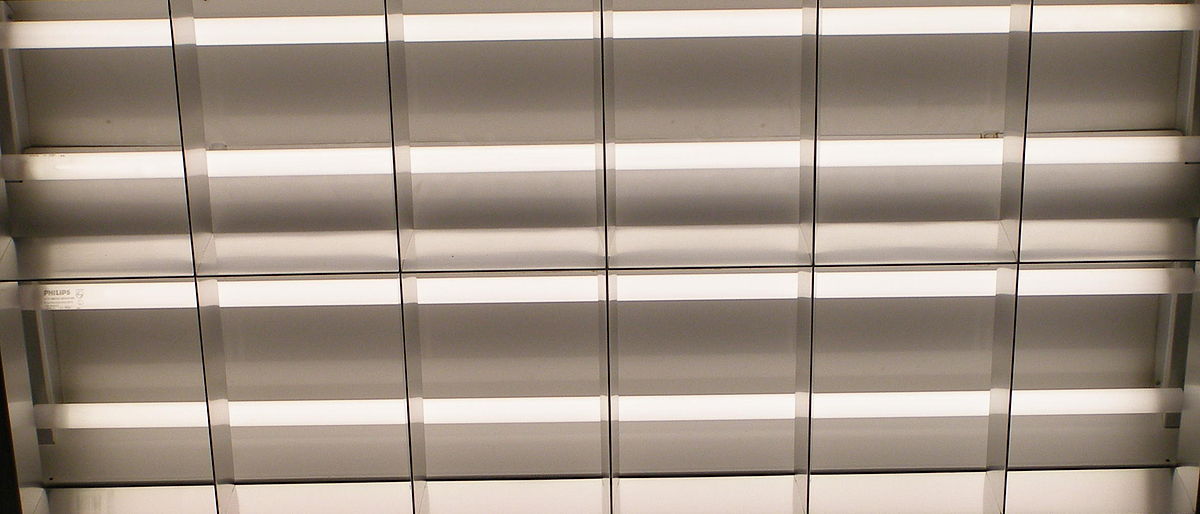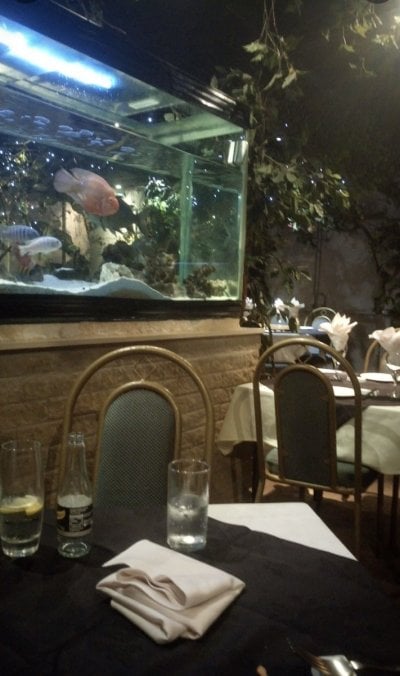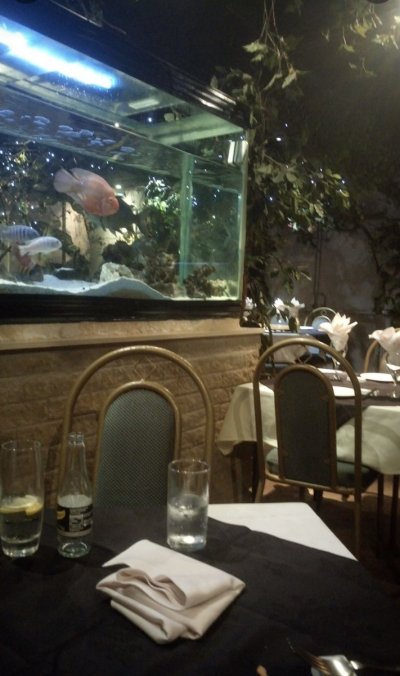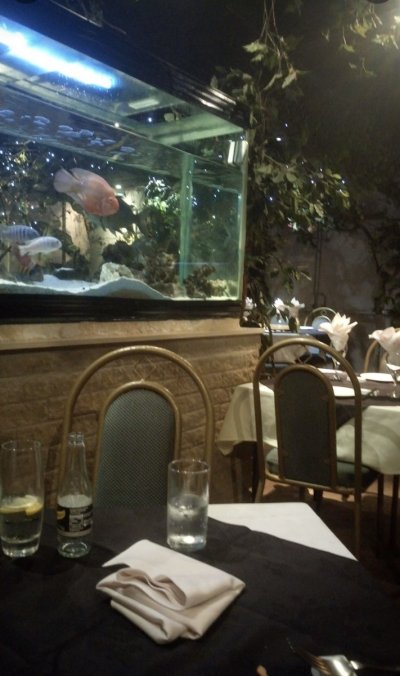How much UV is produced by the UV bulbs used for aquariums, specifically the lights that sit above the tank outside the water?
I worry about skin cancer and know how dangerous tanning bulbs are so am curious how safe the lights used for fish tanks are. I recently sat next to a large fish tank which had what appeared to be a fluorescent tube over the top of and outside of the actual tank with a bit of plastic separating it from the water. I was able to see it through the tank glass and this bit of plastic so hoping this plastic and glass also protected me from any potential risk.
Thanks
I worry about skin cancer and know how dangerous tanning bulbs are so am curious how safe the lights used for fish tanks are. I recently sat next to a large fish tank which had what appeared to be a fluorescent tube over the top of and outside of the actual tank with a bit of plastic separating it from the water. I was able to see it through the tank glass and this bit of plastic so hoping this plastic and glass also protected me from any potential risk.
Thanks





















